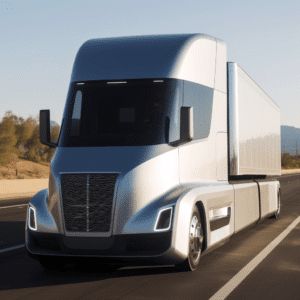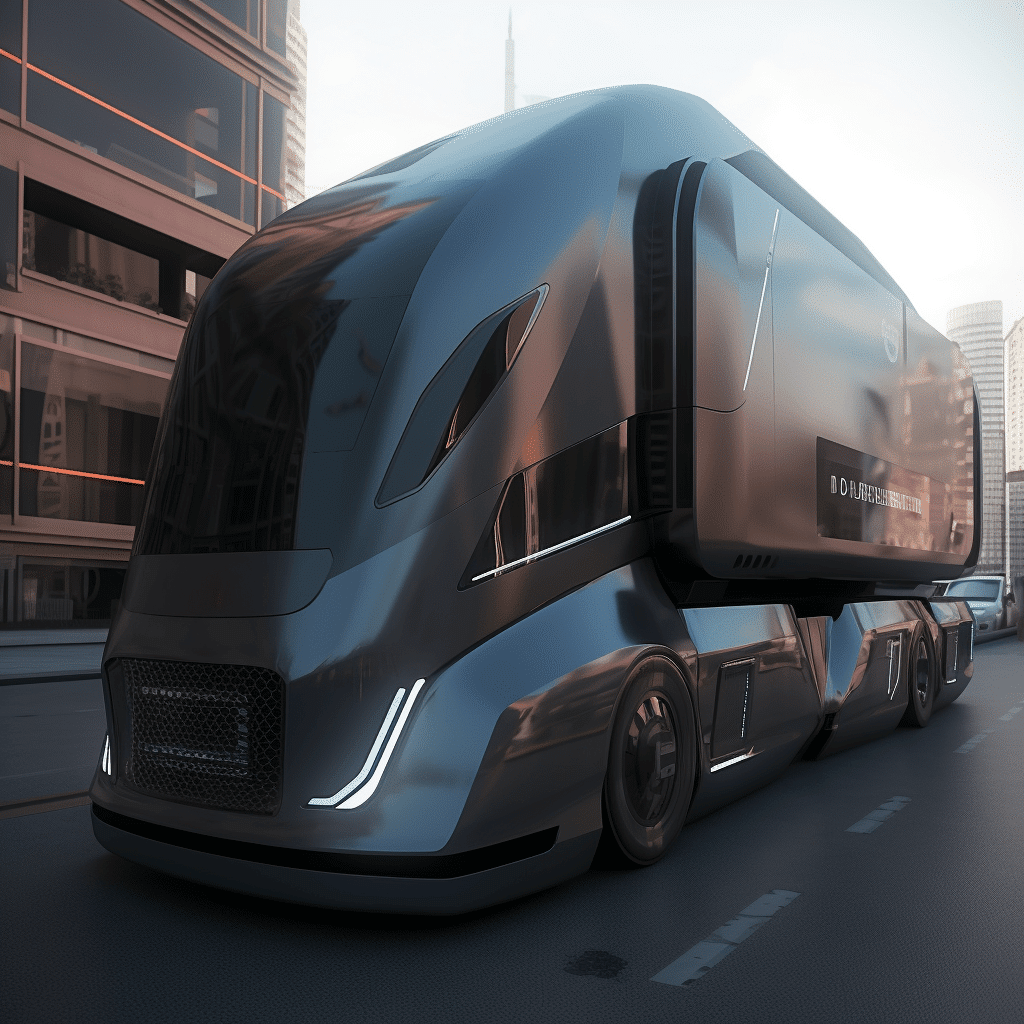Self-driving trucks are coming sooner than you think!
The idea of self-driving trucks has been around for a while, but it has only been in recent years that this technology has started to become a reality. Companies like Waymo, Uber, and TuSimple are all working on developing self-driving trucks, and there is a growing sense that these trucks are not far off.
There are a number of reasons why self-driving trucks are becoming more feasible. First, the technology is improving rapidly. The sensors, software, and algorithms that are needed to power self-driving trucks are becoming more sophisticated, and they are getting better at handling a wider range of driving conditions.
For example, Waymo’s self-driving trucks are now able to navigate complex highway interchanges and drive in heavy traffic. They are also able to handle adverse weather conditions, such as rain and snow.
Second, the infrastructure is starting to catch up. Highways are being equipped with sensors that can help self-driving trucks navigate, and there is a growing network of charging stations that can keep these trucks running.
For example, the U.S. Department of Transportation has announced plans to invest $1 billion in self-driving technology infrastructure. This investment will help to make it easier for self-driving trucks to operate on public roads.
Finally, there is a growing demand for self-driving trucks. The trucking industry is facing a shortage of drivers, and self-driving trucks could help to fill this gap. Additionally, self-driving trucks could potentially improve safety and efficiency in the trucking industry.
For example, the American Trucking Association estimates that there will be a shortage of 1.1 million truck drivers by 2023. Self-driving trucks could help to address this shortage by providing a new source of labor.

Benefits of self-driving trucks
Self-driving trucks have the potential to offer a number of benefits over traditional trucks. These benefits include:
- Increased safety: Self-driving trucks could potentially reduce the number of accidents caused by human error. According to the National Highway Traffic Safety Administration (NHTSA), human error is a factor in 94% of all fatal car accidents. Self-driving trucks could potentially eliminate this factor, leading to a significant reduction in accidents.
- Improved efficiency: Self-driving trucks could potentially operate 24/7, which would increase the efficiency of logistics operations. This is because self-driving trucks would not need to take breaks or sleep, and they could be operated in any weather conditions.
- Reduced costs: Self-driving trucks could potentially reduce the cost of logistics by eliminating the need for drivers. According to the McKinsey Global Institute, the cost of truck driver wages is about $1.5 trillion per year. Self-driving trucks could potentially eliminate this cost, leading to significant savings for businesses.
- Environmental benefits: Self-driving trucks could potentially reduce greenhouse gas emissions by improving fuel efficiency. This is because self-driving trucks would be able to drive more smoothly and efficiently than human drivers.
Challenges of self-driving trucks
Despite the potential benefits of self-driving trucks, there are also a number of challenges that need to be overcome before this technology can be widely adopted. These challenges include:
- Technical challenges: Self-driving trucks require a complex set of sensors, software, and algorithms. These technologies are still under development, and there are still challenges to overcome before self-driving trucks can be deployed on a large scale. For example, self-driving trucks need to be able to reliably detect and avoid obstacles, even in difficult weather conditions.
- Regulatory challenges: There are no clear regulations governing the development and deployment of self-driving trucks. This could slow down the adoption of this technology. For example, it is not yet clear who would be liable in the event of an accident involving a self-driving truck.
- Public acceptance: There is some public concern about the safety of self-driving trucks. This could make it difficult to gain public acceptance for this technology. For example, a recent poll found that only 30% of Americans are comfortable with the idea of riding in a self-driving car.
Self-driving trucks are closer to reality than many people may realize. The rapid technological advancements, improving infrastructure, and growing demand for these vehicles all point to their imminent arrival. While self-driving trucks offer numerous benefits, such as increased safety, improved efficiency, reduced costs, and environmental advantages, challenges related to technology, regulation, and public acceptance need to be addressed for their widespread adoption. Nonetheless, self-driving trucks hold great potential to revolutionize the trucking industry in the near future. If you are interested in leveraging our company for your logistics needs, you can contact us at info@ibdcbusiness.com.







